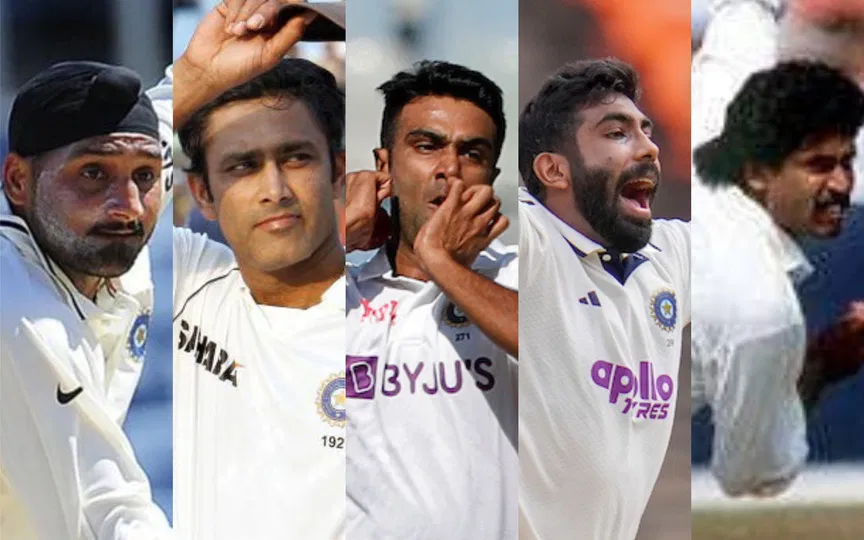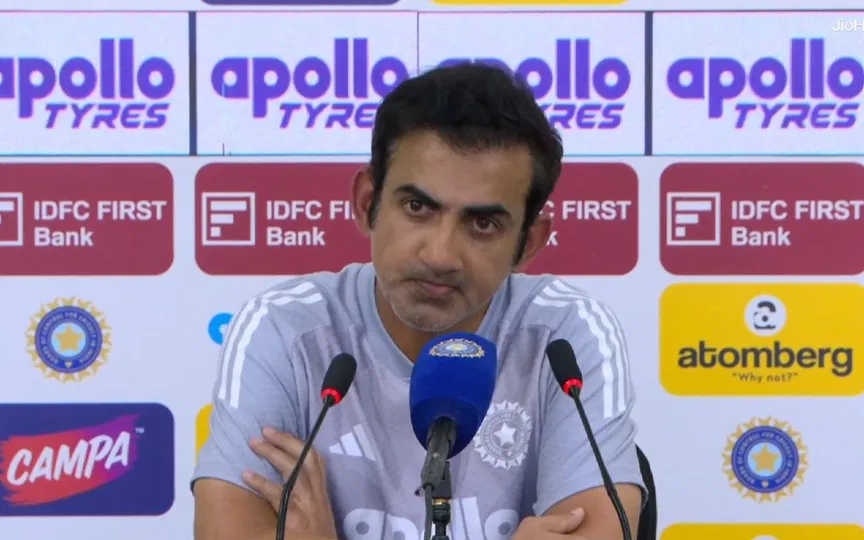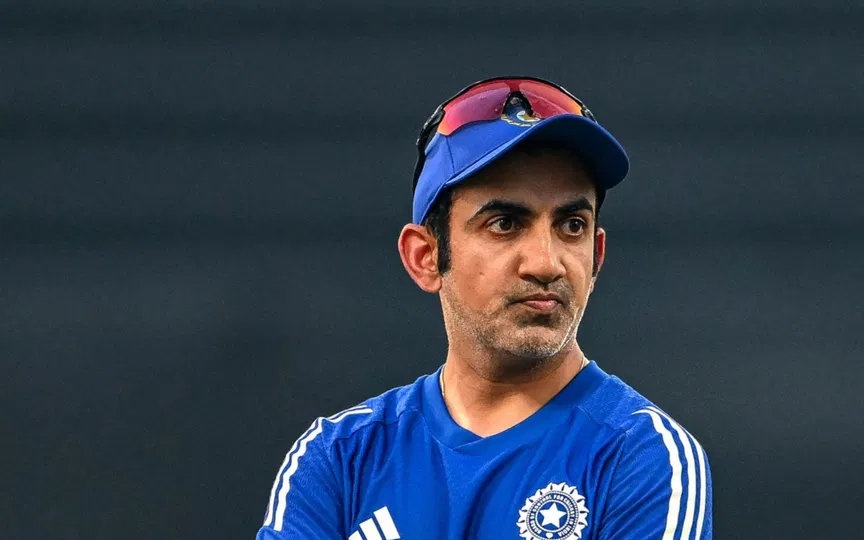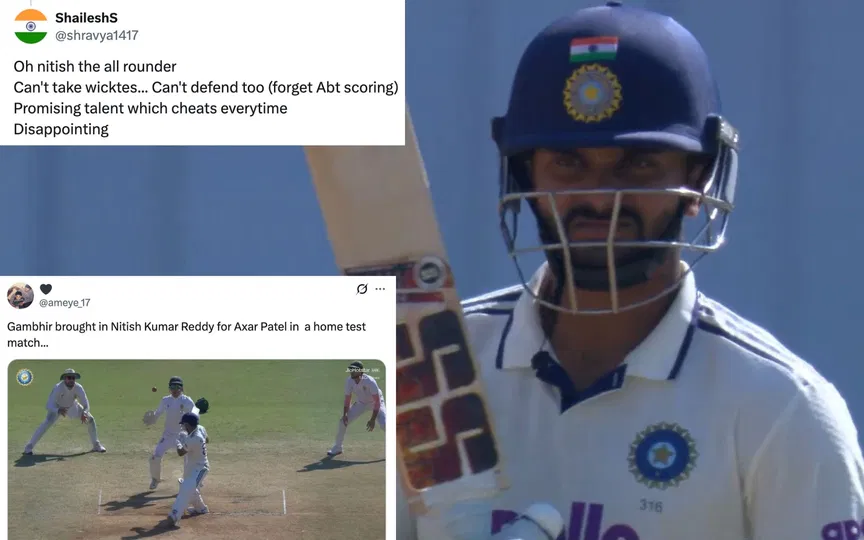![Mumbai Test 2011 saved by West Indies [Source: X/@ICC]](https://onecricketnews.akamaized.net/parth-editor/oc-dashboard/news-images-prod/1764145094781_drawntest1.jpg?type=hq) Mumbai Test 2011 saved by West Indies [Source: X/@ICC]
Mumbai Test 2011 saved by West Indies [Source: X/@ICC]
Cricket is fundamentally a number game, making every run, ball, and wicket crucial. In Test cricket, statistics are intertwined with time, context, and endurance. Test matches can end in a tie or a draw. A drawn Test is not rare, but it becomes intriguing when both teams accumulate the same total across their two innings combined.
In the history of Test cricket, this happened only twice. In 1996, this happened for the first time in a Test between Zimbabwe and England. Then, in 2011, the Mumbai Test 2011 between India and the West Indies saw this unique fate.
Despite both teams finishing with identical aggregate scores, it was not a tie as India, batting last, were not bowled out at the end of the match.
Ashwin shines amidst a run fest by West Indies
![Ashwin's 5-wicket haul [Source: X/@Cric_records45]](https://onecricketnews.akamaized.net/parth-editor/oc-dashboard/news-images-prod/1764144410821_ashwin1.jpg?type=mq) Ashwin's 5-wicket haul [Source: X/@Cric_records45]
Ashwin's 5-wicket haul [Source: X/@Cric_records45]
With India aiming for a 3-0 series whitewash, West Indies started the match strongly and batted for two days. They were bowled out for 590 on the third day, with Darren Bravo scoring 166 and five others making half-centuries.
Indian bowlers toiled hard through 185 overs, with Ravichandran Ashwin claiming five wickets and the debutant Varun Aaron taking three. The match result was evident. Everyone was ready for a boring draw.
India posted a strong reply to West Indies' imposing total with the Indian batters occupying the pitch for 136 overs. Sachin Tendulkar, once again, was dismissed in the nineties, scoring 94.
Half-centuries from Rahul Dravid, Gautam Gambhir, and Virat Kohli provided further stability to the innings, but Ashwin showcased his versatility with his maiden Test hundred.
India's innings ended on 482. As the fourth day concluded, the West Indies reached 81 for the loss of 2 wickets. A boring routine draw was on the cards.
The final day drama
However, the narrative shifted dramatically on the fifth day, November 26.
Action unfolded early in the morning session. In the fifth over, Kraig Brathwaite was removed by Pragyan Ojha. He struck again to dismiss Darren Bravo. These quick wickets triggered a collapse, and the West Indies batting line-up crumbled.
The wickets started falling in rapid succession. West Indies lost their last seven wickets for just 22 runs in a space of 68 balls. Eventually, India had a target of 243 to be chased down in 64 overs.
Virender Sehwag understood the assignment and scored a brisk 60 runs off just 65 deliveries. India maintained a run rate of over five, keeping their hopes of a remarkable win alive.
However India lost Sehwag and Tendulkar in the space of just 11 deliveries. Shortly after, Dravid followed, but a young Virat Kohli stepped up.
He scored 63 and, in the process, built partnerships with VVS Laxman, MS Dhoni, and Ashwin to take India close to the target. Kohli’s dismissal took the contest to a tense climax with India requiring only 19 runs from the final five overs to win the match.
Two runs were required of the final delivery with Ashwin on strike. He struck a powerful drive but was run out while trying to complete the second run.
India finished on 242/9, just one run short of the target. What began as a seemingly uneventful Test match over the first four days turned out to be one of the thrilling encounters of the decade.

.jpg)


.jpg?type=mq)

